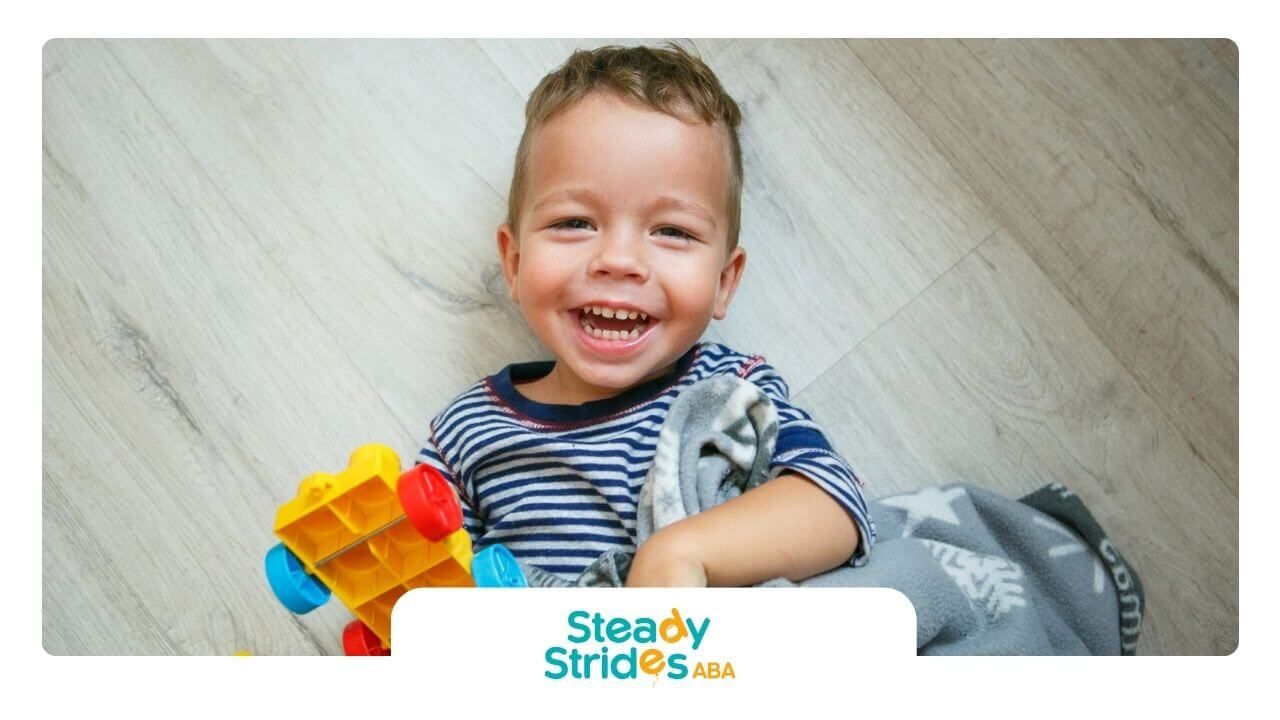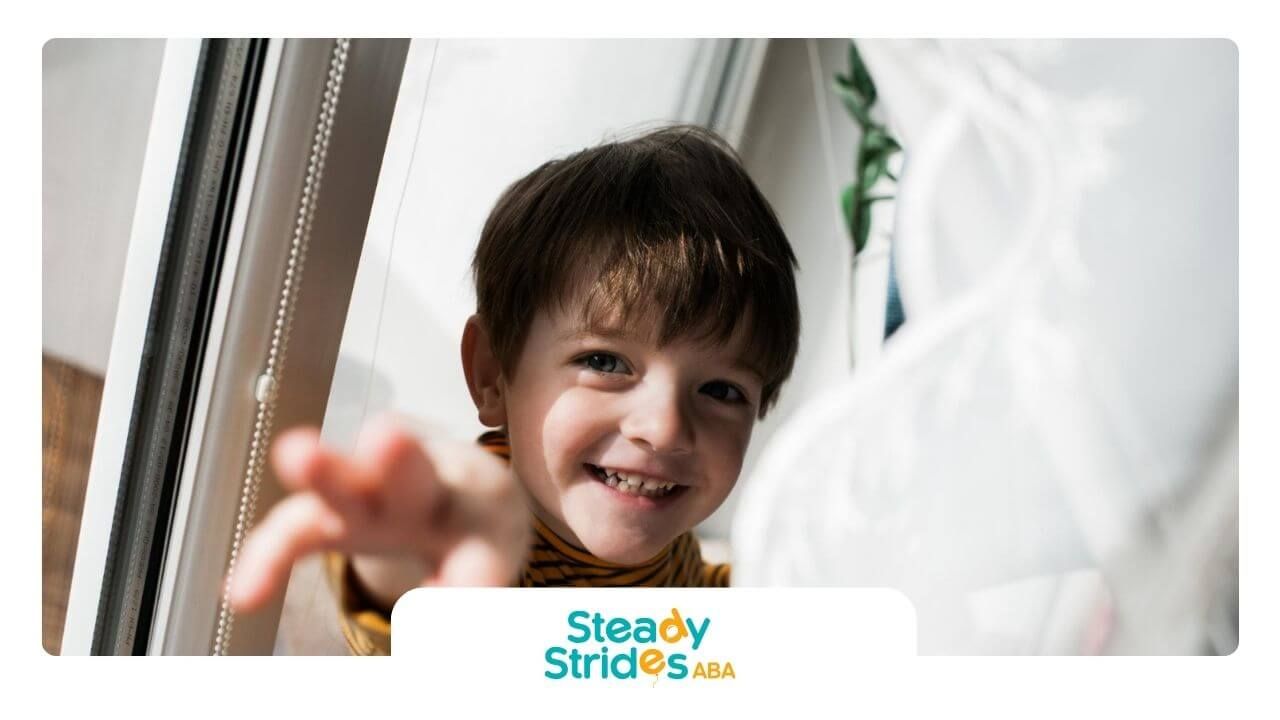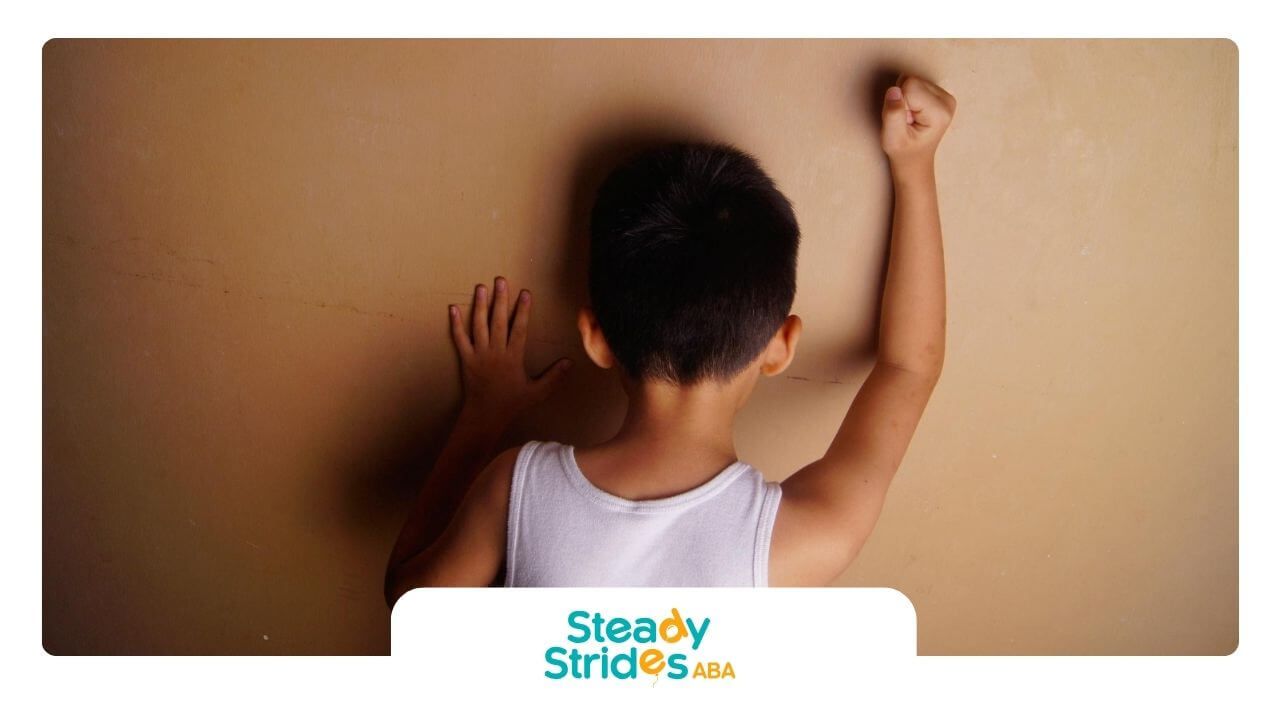What is the best bike for autism? It's a question I hear often in my work as an ABA therapist in Texas, and it's one that deserves thoughtful consideration.
I know that choosing the right bike for a child with autism goes beyond simply picking a colorful design or trendy brand. The right bike can build motor skills, foster independence, and encourage social interaction—all of which contribute to your child’s overall well-being.
Today, we'll dive into the top picks for children with autism, as well as the features that make them the best options for kids who may need extra support.
Understanding the Needs of Autistic Riders
Autistic children may face challenges in balancing, coordinating motor skills, and dealing with sensory sensitivities, which can make bike riding more difficult. I’ve worked with children who struggled to steer or pedal at first, but the right equipment and gradual progress made all the difference.
Motor skills are essential for cycling, involving a combination of pedaling, steering, and maintaining balance. For many children with autism, these skills can feel overwhelming, especially when first starting.
That's why it’s often best to begin with simpler bike options like balance bikes or adaptive tricycles, which allow children to focus on coordination without the added complexity of pedals.
Key Considerations
- Coordination & Balance: Balance bikes are a great starting point for children who need to build these skills before transitioning to pedal bikes.
- Sensory Sensitivities: Children with autism often experience heightened sensitivity to textures, sounds, or movement. Bikes that offer quiet rides, cushioned seats, and adjustable components can help ensure comfort.
Sensory Considerations and Comfort Features
Children with autism often experience sensory sensitivities that can make certain textures, sounds, or movements overwhelming.
For example, I once worked with a child who was easily agitated by the noise of traditional bike tires on pavement. We switched to a balance bike with quieter tires, and it made a world of difference.
When selecting a bike for an autistic child, look for features that minimize sensory overload, such as:
- Cushioned Saddles & Handlebars: Soft, padded components can reduce discomfort and prevent sensory overload.
- Quiet Tires: Tires designed to reduce noise can make a ride more comfortable for children sensitive to sound.
- Adjustable Handlebars & Seats: Ensuring that the bike can grow with your child or be fine-tuned to their needs is key for long-term comfort.
Addressing Balance, Coordination, and Safety
Many children with autism struggle with balance and coordination, making it essential to start with a bike that offers stability. In my experience, introducing children to tricycles or balance bikes helps them build the foundational skills they need before moving to a regular bike.
Balance Bikes
Balance bikes are pedal-free, allowing children to focus solely on learning how to balance and steer. They’re an excellent tool for building coordination without overwhelming a child. Plus, they give children a sense of accomplishment as they master the basic skills.
Adaptive Tricycles
For children who need extra support, adaptive tricycles are a great option. These bikes provide a wider base of support, helping children feel secure while riding. Additionally, features like steering stabilizers can help maintain balance and control.
Safety First
Safety is always a top priority. I always recommend using helmets and elbow pads to ensure your child is protected. Adaptive bikes with additional safety features, like stabilizing wheels, help keep children steady as they build their confidence.
Key Features to Look for in Bikes for Autism
Choosing the right bike is about more than just looks—it’s about ensuring that it meets your child’s specific needs. Below are some important features to keep in mind:
- Wide Tires: These provide more stability and are especially helpful for children who may ride on rough or uneven surfaces.
- Strong Frame: Look for bikes with durable, high-quality frames that can support the child’s weight as they grow.
- Adjustability: Choose bikes with adjustable components so that the bike can be customized to fit your child perfectly.
Adaptive Components and Customization Options
Adaptive bikes often come with special features designed to make cycling easier and more accessible for children with autism. In my practice, I’ve seen how important it is to have the right customization options for kids who need extra support.
Some adaptive components include:
Adjustable Handlebars
Customize the height and grip to ensure the handlebars are comfortable for your child.
Wide Tires
These help provide stability and balance, which is especially important for children still developing coordination.
Training Wheels
These provide additional stability and support, making it easier for children to learn how to balance and pedal.
Importance of Proper Sizing and Fit
Getting the right size bike is crucial for both safety and comfort. If the bike is too big or small, your child might struggle with balance or coordination.
How to Measure the Right Size
- Saddle Height: Make sure the saddle is at the right height so your child can touch the ground with their feet when seated.
- Handlebar Height: The handlebars should be at a level that’s comfortable for your child to grip without overstretching.
- Weight Limit: Always check the bike's weight limit, especially if your child is on the heavier side, to ensure the bike can safely support them.
Top Types of Bikes for Autistic Individuals
There are many different bike types to consider, each offering unique benefits. Here are some of the top options:
Tricycles
Perfect for children who need extra stability. The three wheels ensure that kids don’t tip over, making them a great choice for beginners.
Balance Bikes
Great for children who are ready to learn coordination without the added challenge of pedals.
Tandem Bikes
These allow a caregiver to ride with the child, offering support and connection during the ride.
Specialized Adaptive and Electric Bikes
Some children with autism may benefit from specialized adaptive or electric bikes. For example, adaptive tricycles offer more stability for children who need additional support, while electric bikes provide a gentle push, helping kids with low stamina ride for longer distances.
Adaptive Tricycles
Ideal for children who struggle with balance, adaptive tricycles offer a wide base of support.
Electric Bikes
These bikes have motors that can assist in pedaling, making them an excellent option for children who may tire quickly.
Conclusion
Choosing the best bike for an autistic child can make a significant impact on their physical, emotional, and social well-being. From improving motor skills to fostering independence, cycling is an activity that offers endless benefits. By understanding your child’s specific needs and looking for bikes with features that cater to them, you can ensure a positive experience.
Whether you opt for a tricycle, balance bike, or adaptive bike, the right fit will help your child enjoy the ride and build confidence along the way.
Looking for more personalized guidance on your child’s development?
At Steady Strides ABA, we specialize in providing tailored therapy services for children with autism. Our team of expert therapists can help your child build crucial skills, including motor coordination, through engaging and supportive activities like biking.
Contact us today for a consultation and discover how our ABA therapy services can make a positive difference in your child’s life.
Frequently Asked Questions
What is the safest bike type for an autistic child?
Tricycles are the safest option due to their three wheels, providing more stability. Training wheels can also help steady the bike as the child learns to ride.
Are there bikes designed specifically for sensory sensitivities?
Yes, many adaptive bikes include sensory-friendly features like soft saddles, padded handlebars, and quieter tires to reduce sensory overload.
How do I choose the right size bike for my autistic child?
Ensure the saddle height and handlebar height are adjustable to match your child’s size. Look at the manufacturer’s specifications to make sure the bike is suitable for your child’s weight.
Sources:
- https://www.autismeye.com/kidvelo-balance-bike-autism/
- https://pmc.ncbi.nlm.nih.gov/articles/PMC6949415/
- https://allkidsbike.org/blog/inclusive-learn-to-ride-program/the-benefits-of-biking-for-individuals-with-autism/
- https://pmc.ncbi.nlm.nih.gov/articles/PMC9406935/
- https://onlinelibrary.wiley.com/doi/10.1111/dmcn.15446













